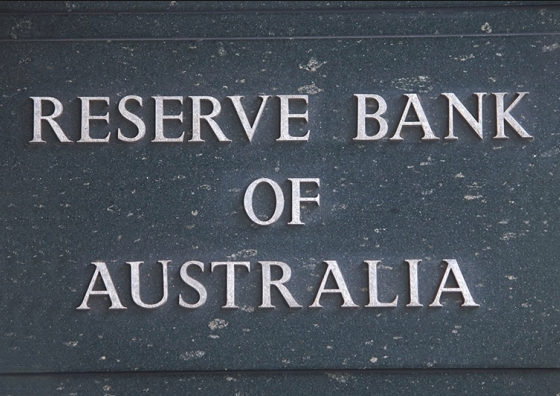Keep in mind the following information is General Advice and is obviously not personalised for your unique needs, objectives or financial situation. Please get in touch with your advisor before taking any action on the below points so they can advise on the appropriateness of this for you.
In the first week of July, the Reserve Bank of Australia cut the cash rate by 25 basis points to a historically low of 1.00 per cent following the cut in June. The central bank’s decision to cut is an attempt to boost to the economy’s low growth and inflation rates as well as combat the currently weakening property market, as experts look towards the bottom of recent price falls.
Of the four major banks, Commonwealth Bank and NAB decided to pass on the 25-basis point cut to both owner-occupiers and investors, however, both ANZ and Westpac declined to pass on the full rate cut to borrowers, instead reducing rates by only 18 and 20-basis points respectively. This is a welcome call for all Australians with a mortgage, but how can you best take advantage of the rate changes?
What Should You Do in Light of These Changes?
Review your current rate
As the rates have changed, it is important that you look at what you currently have and assess whether you are getting the best deal. It may be that you already have a competitive rate and you may not need to act. Alternatively, you could get some great interest savings if you consider other loan options such as refinancing to a different lender, looking at fixed loan options or changing repayments to principal and interest.
Just note, the average standard variable home loan with principal and interest repayment is currently at 3.5% p.a. If you have a 4 in front of your current rate, you need to act on acquiring a new home loan rate!
Go to your current lender
Should you be looking to get a better rate for your home loan, firstly contact your current lender and make a request. It may be difficult as your first point of contact may be a call centre saying, “There is nothing we can do,” as they do not have the authority to pass on a better rate. Be persistent.
If you choose to utilise a finance consultant’s services, you will generally see better results as typically finance consultants have more bargaining power due to the ongoing relationship and potential business referrals. A big plus for using a finance consultant is that you should not pay any fees for negotiating a better rate.
Do I look at another lender?
Should you choose to switch to another lender, there will be fees involved. The typical cost to change is approximately $700-$1,000. However, many lenders want your business and may cover the cost for you with a cash rebate, so don’t let the initial fee deter you from finding a better deal. Also, a large factor in determining whether you would like to switch lenders should be the opportunity to receive long-term interest and fee savings and the potential to develop a strong long-term relationship with the new lender.
These historic interest rate cuts are providing exciting opportunities to ensure you have the best finance deal available. If you are looking for further advice on how these changes will impact you or your business, contact our Lending Solutions team at Morrows for an appointment or a competitive rate.





